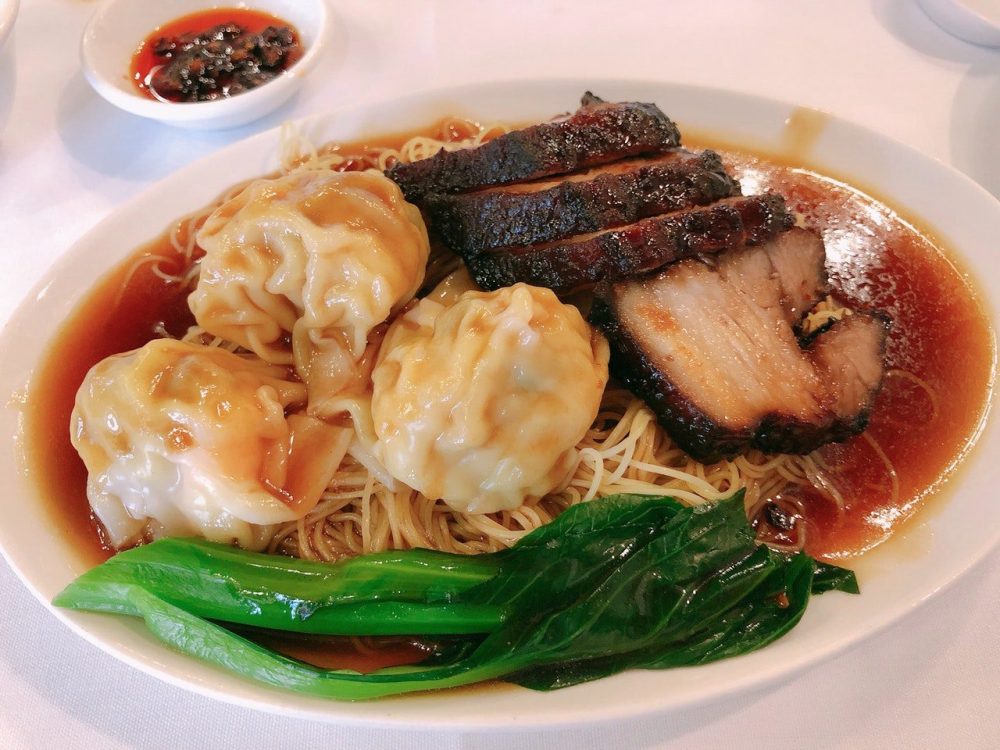The world has embraced all Swedish things from furniture and crime fiction to cars and pop music. In recent years, as several restaurants affiliated with the New Nordic Kitchen movement have gained greater recognition, food has also added to the list. With a diet high in whole grains, protein, and omega-3, the Swedish diet has been acclaimed for its health benefits. But for those who want to experience Swedish cuisine without the exorbitant prices of a Michelin-starred restaurant or the restrictions of a low GI diet, here is a summary of the most essential foods to try while visiting the heart of Scandinavia.
Read More: Side Effects of Vitamin C
Get even more inspiration for your gastronomic trips with our local guides, the best travel tips, and restaurant suggestions.
Kanelbulle
If Sweden had a national meal, it would undoubtedly be cinnamon roll. It is difficult to avoid these delicious spiced muffins, which can be found in all cafes, bakeries and food stores in the country – just follow the smell of your baking. With a lumpy, lightly sweetened bread dough known as vetebröd (wheat bread), they can also be flavored with cardamom, saffron, and vanilla. These spices are a common feature in the Swedish bakery and are said to have been brought back when the Vikings first traded in Istanbul. Kanelbulle is best served for Fika, the daily practice of sitting with coffee and something sweet.
Filmjölk
Browsing Swedish dairy products can be confusing for visitors as breakfast offers a bewildering variety of similar-looking boxes. There is minimjölk, which has almost no fat content; old-fashioned mjölk gammaldags, which is creamy and not homogenized; and latte art milk, which as the name implies is specifically for hot and sparkling drinks. But the product that causes more controversy is undoubtedly the filmjölk. This fermented dairy product “love it or hate it” has a slightly acidic flavor and yogurt, and is made from sour milk, a bit like whey or kefir. It is packed with healthy bacteria and is perfect with cereals, sweetened with a little sugar, or even as an ingredient in bread and cakes.
Oatmeal coffee
Many Swedes are very health conscious. If you have a conversation with a local, it probably won’t be long before they tell you about their latest fitness or outdoor activities. As for nutrition, the Paleo, 5: 2, and LCHF diets (low carb and high fat) are popular. This, combined with the increase in food intolerances and allergies, has made many restaurants offer alternatives and substitutes to serve the population of the country, increasingly concerned about health and lactose and gluten intolerance. Why not try a coffee with oat milk, which has a slightly sweet and nutty taste? Discover which milk is right for you with our guide to lactose substitutes.
Toast Skagen
The most luxurious version of the prawn cocktail in Sweden is made with peeled prawns mixed with mayonnaise, dill, and lemon, topped with fish roe and served in sauteed crusty bread. Despite its slightly retro connotations, the dish has retained its popularity at dinners and restaurant menus. Skagen is a fishing port in northern Denmark, although the dish is not a Danish creation. It was invented by chef Tore Wretman, who ran some of the best restaurants in Stockholm. The story goes that Wretman was sailing in 1956 when he created this classic leftover entree in an attempt to encourage the crew during a windless strait. When asked what the dish was called, it is said that Tore looked out the window at the distant Danish coast and exclaimed: “It’s a classic Skagen Roasted!.” Try more sensational seafood recipes with our latest prawn collection.






































